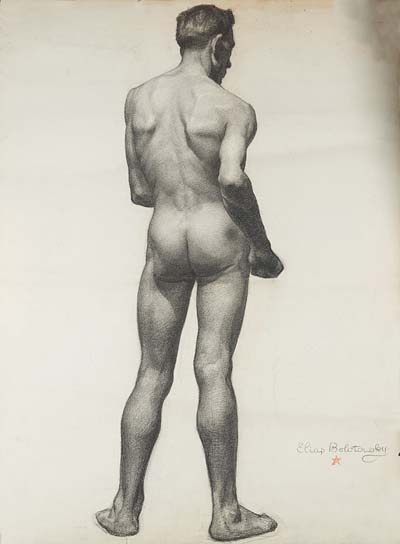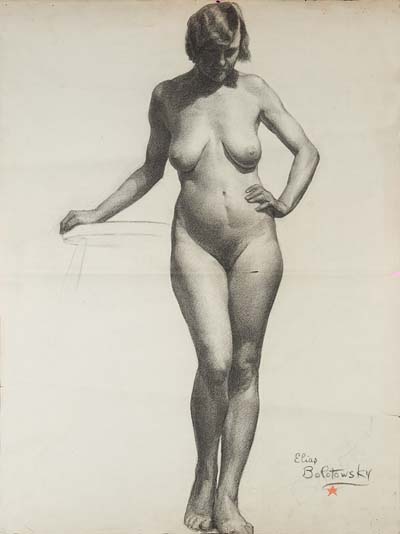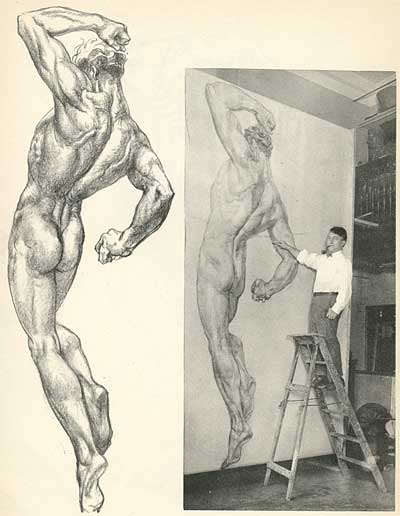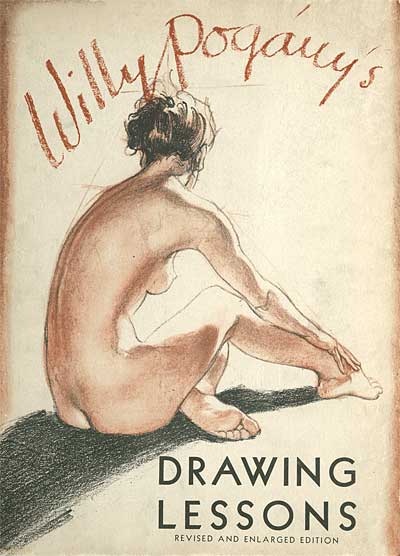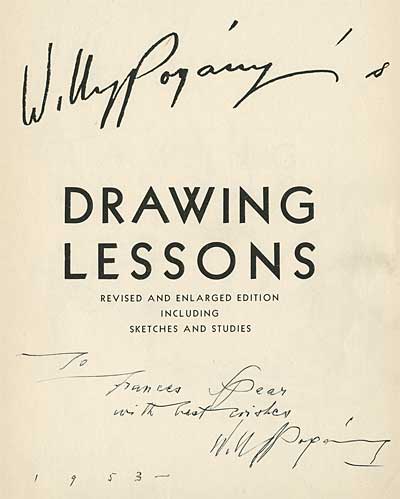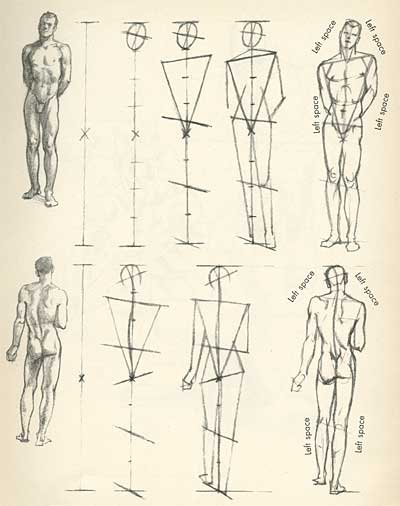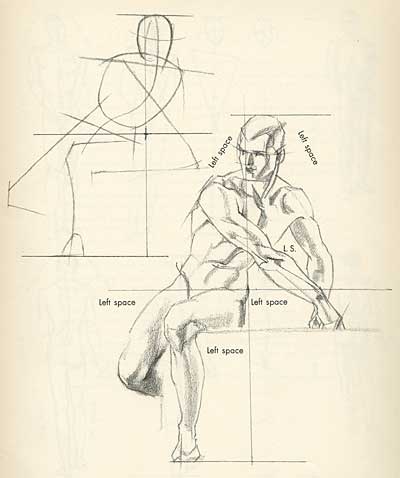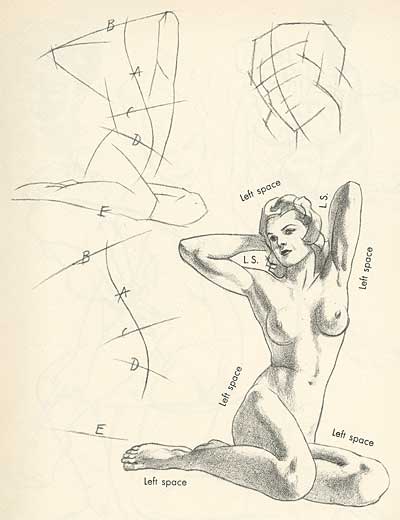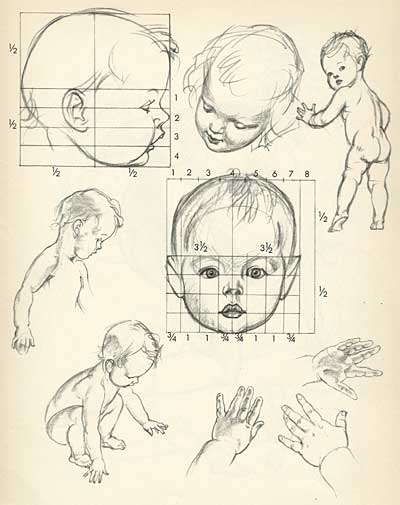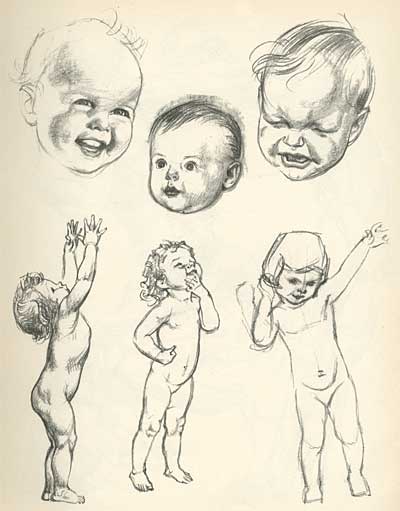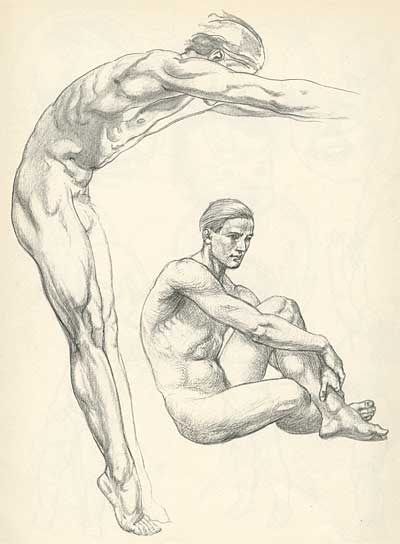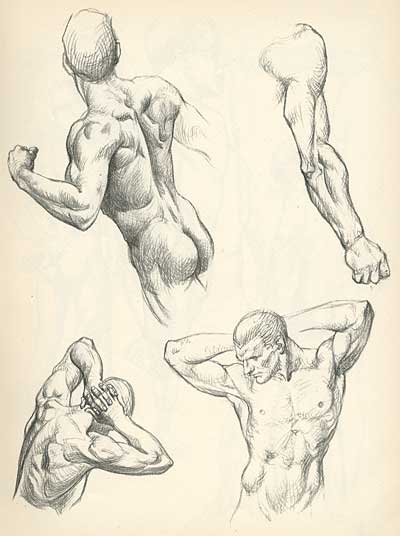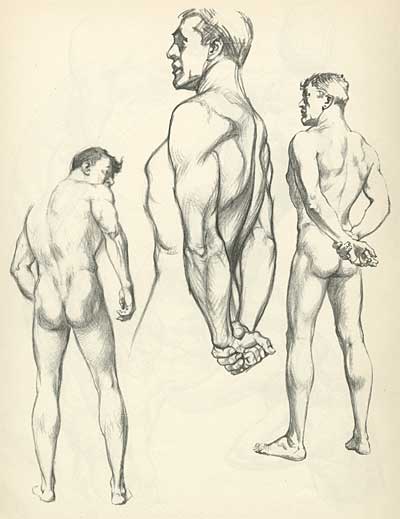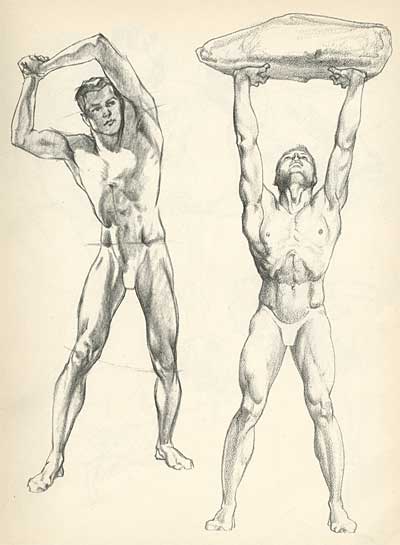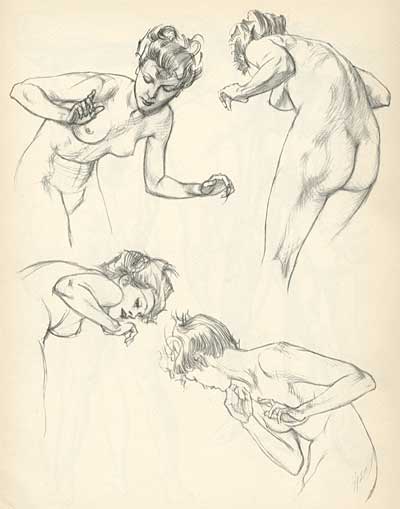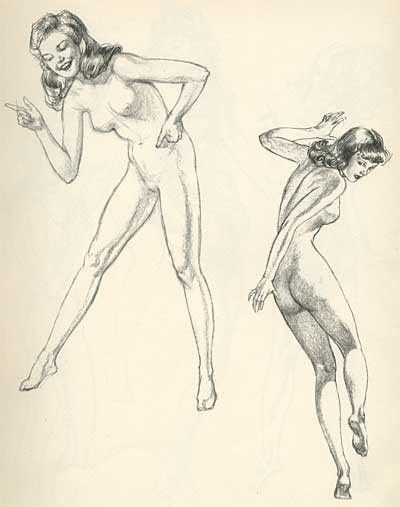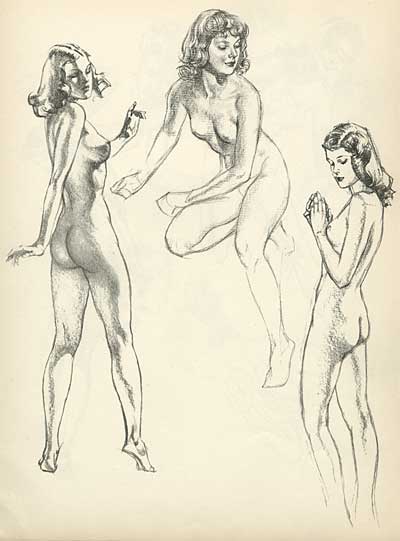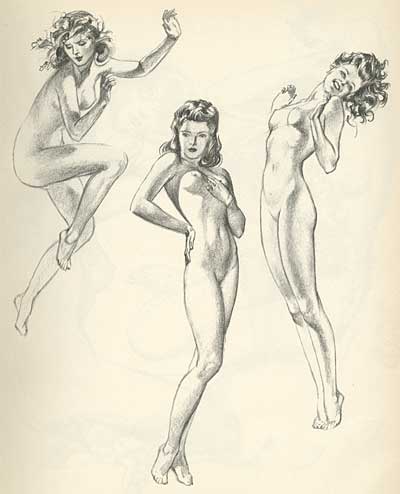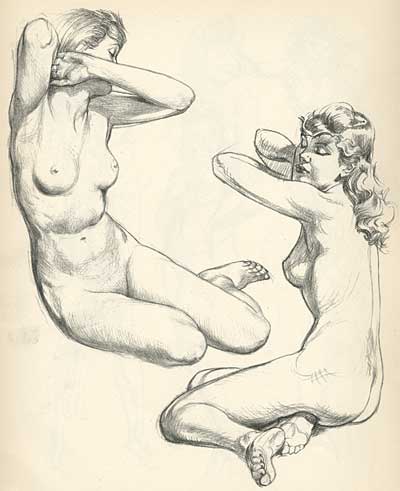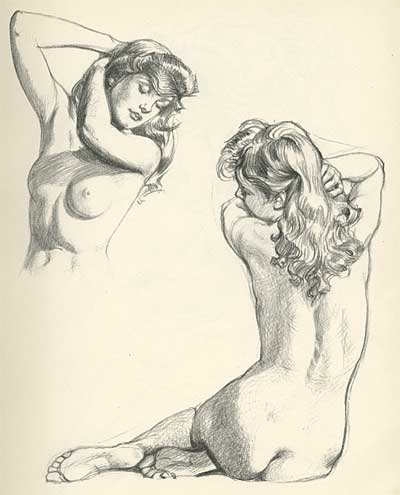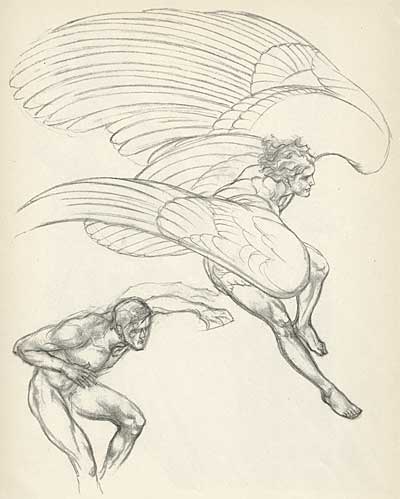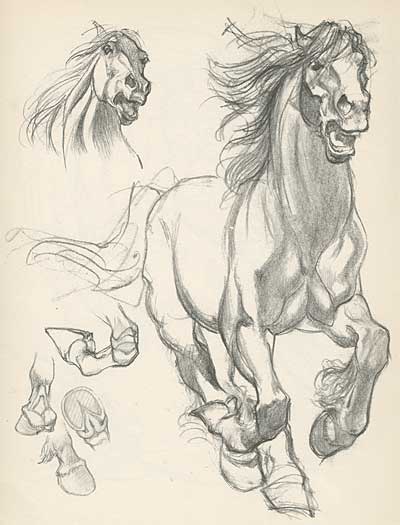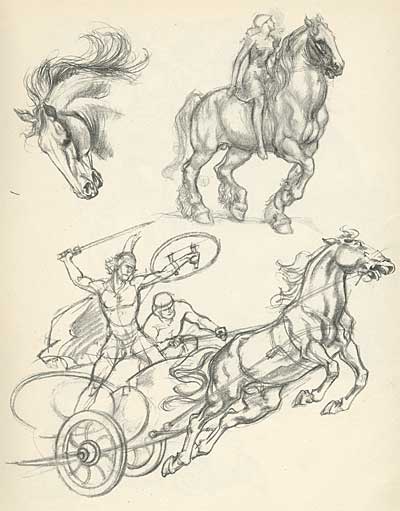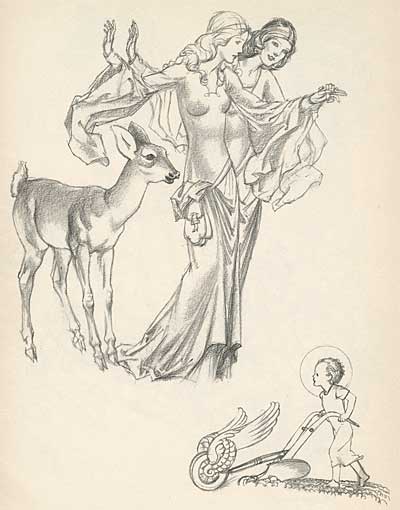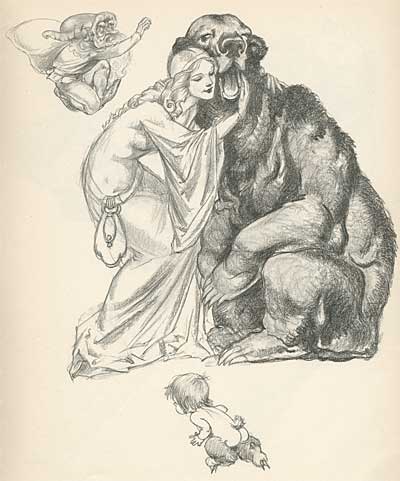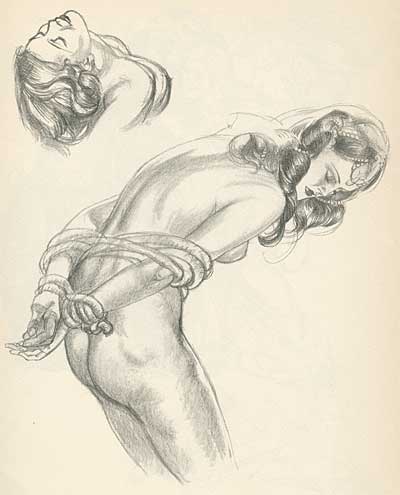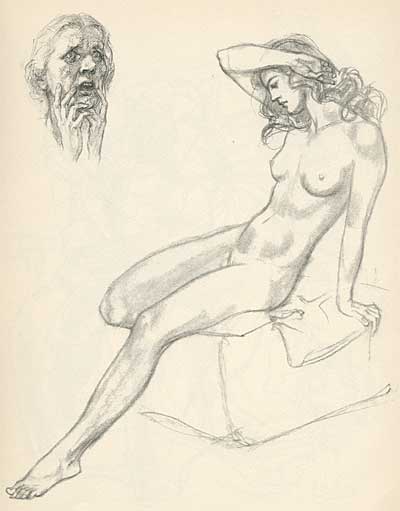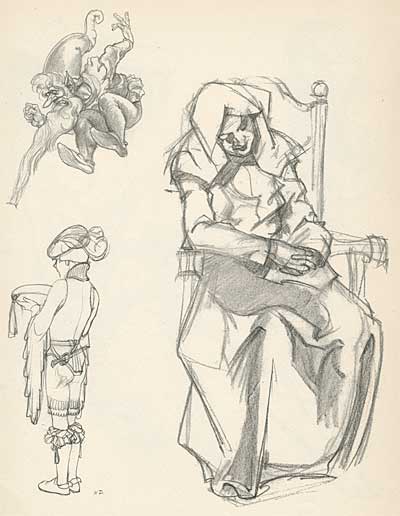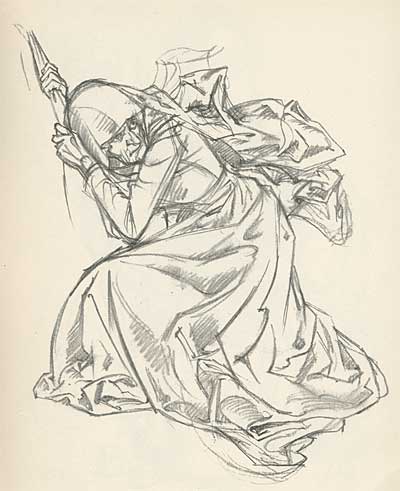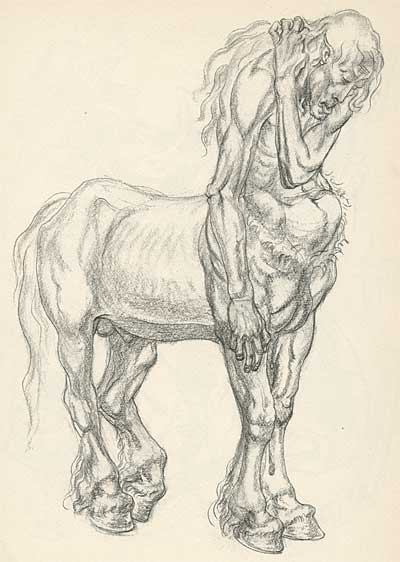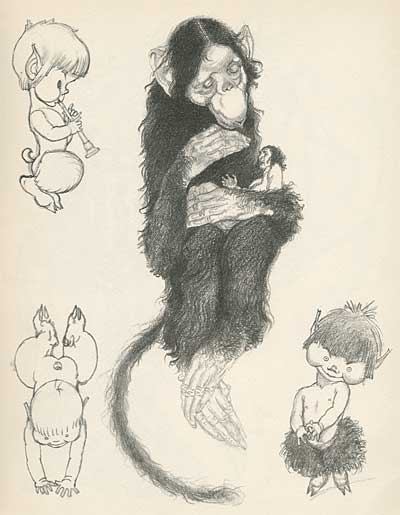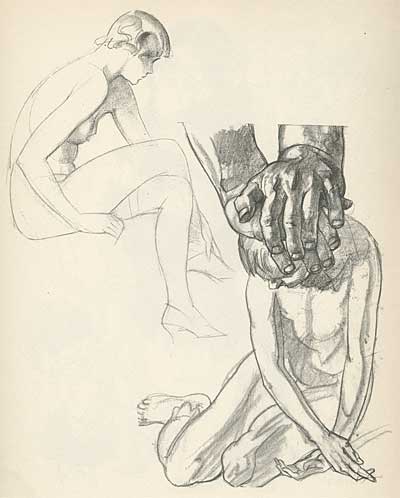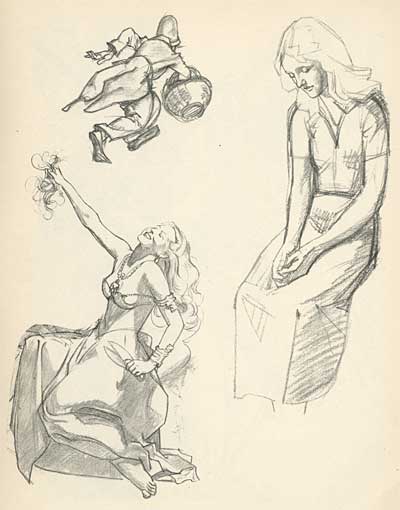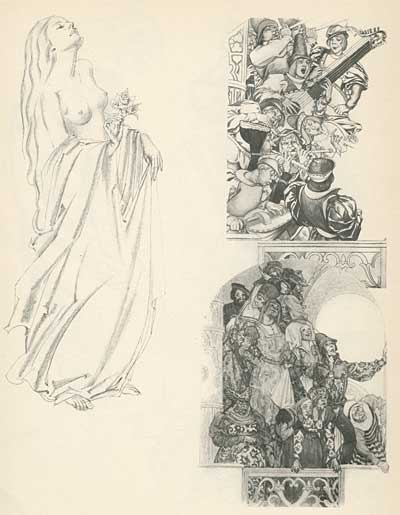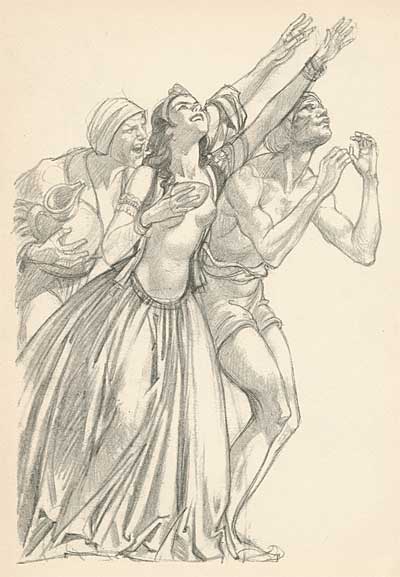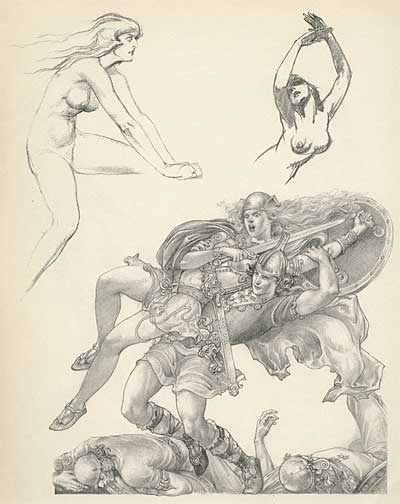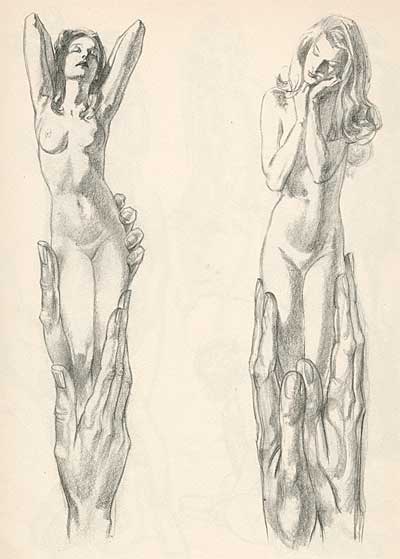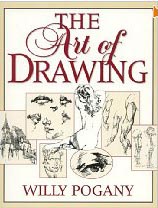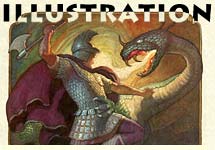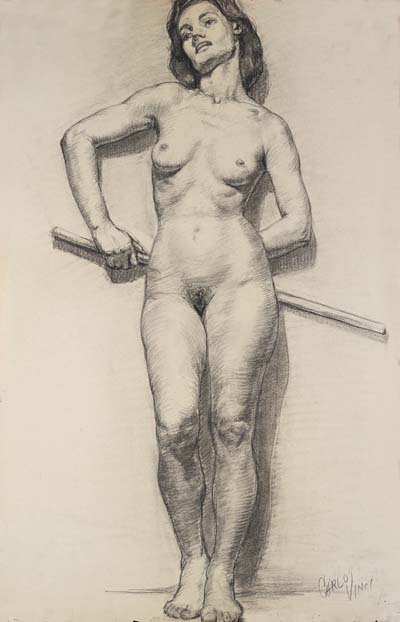
All of us at Animation Resources are deeply grateful to the family of legendary animator Carlo Vinci for the material they have shared with us over the past couple of years. Around 1929, Vinci attended the prestigious National Academy of Design in New York, receiving the silver medal from the Tiffany Foundation Fellowship upon graduation. By stroke of luck, his student drawings have survived in an old portfolio tucked at the back of a closet. They provide an invaluable peek into the artistic development of a golden age animator.
In a previous article, we posted scans of the course outline for the National Academy of Design. The class schedule ran six days a week with studio classes from 9am to 4pm and lecture classes beginning at 4:10pm, and night classes offered from 7pm to 10pm Monday through Friday. It was an intensive program focused on traditional art skills- drawing, painting, and sculpture, as well as art history, composition and color theory.
The first year student began with three hour sessions drawing from casts of classical sculpture. Since the casts were static, the student had the opportunity to work slowly and develop the ability to construct the organic shapes and complex volumes of the human figure without the time constraint of working from live models. They were not allowed to progress to drawing from life until they had mastered the basic principles by working from casts.
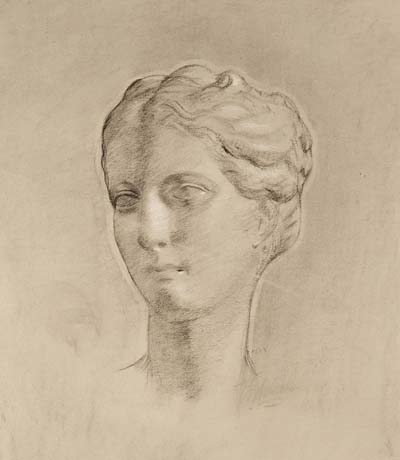
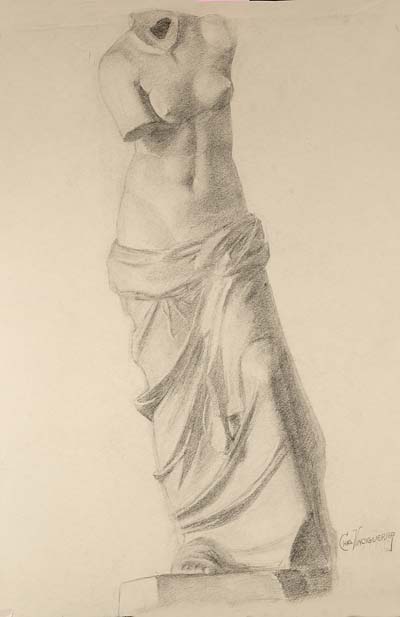
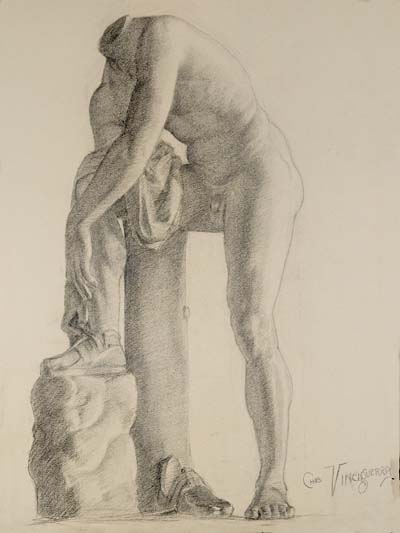
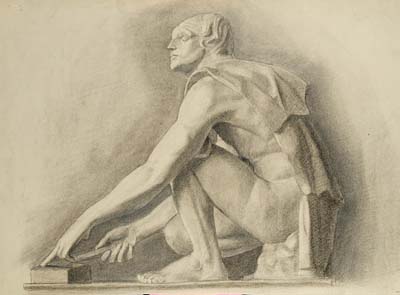
LONG SESSIONS
Drawing from life continued throughout the entire course of study, starting with longer sessions to allow the student time to work out the problems of anatomy and perspective. As time went by and the student gained experience, the sessions were shortened.
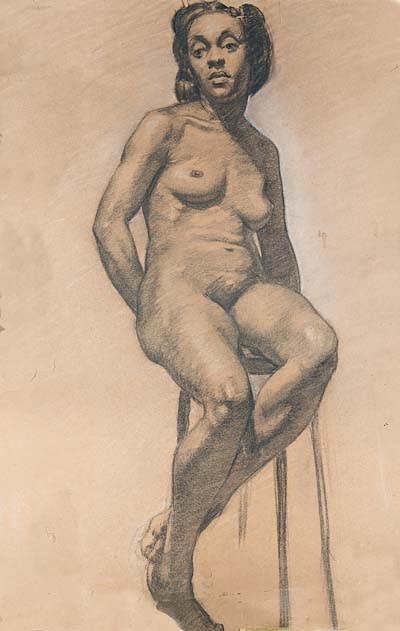
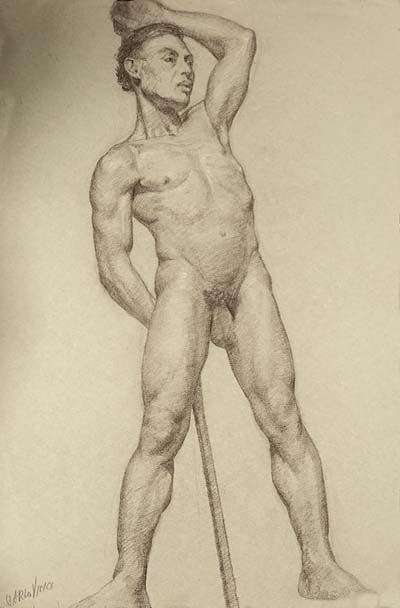
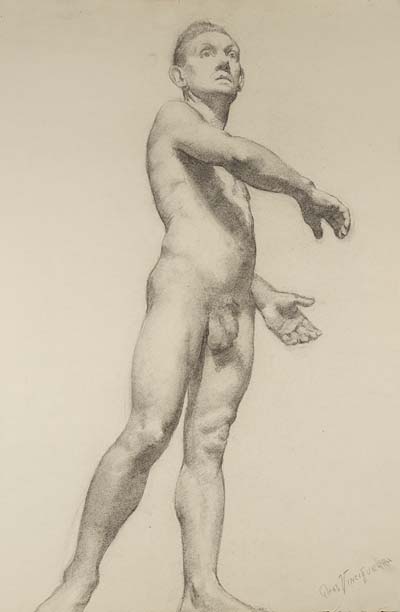
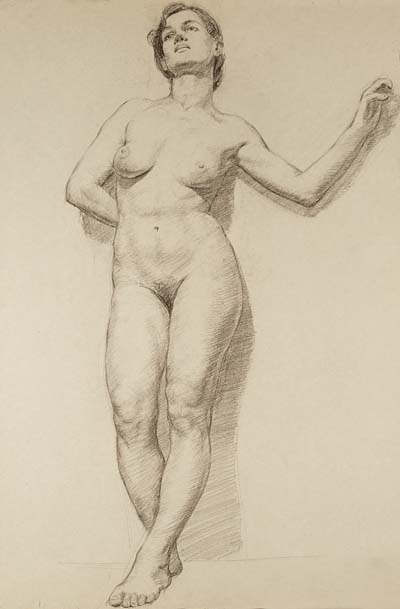
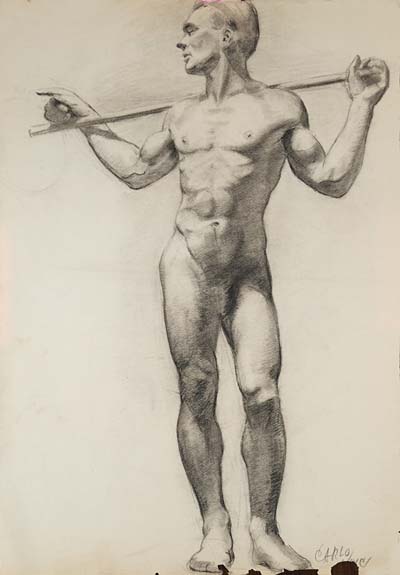
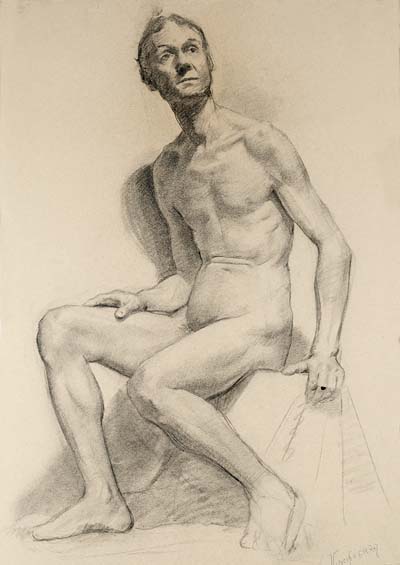
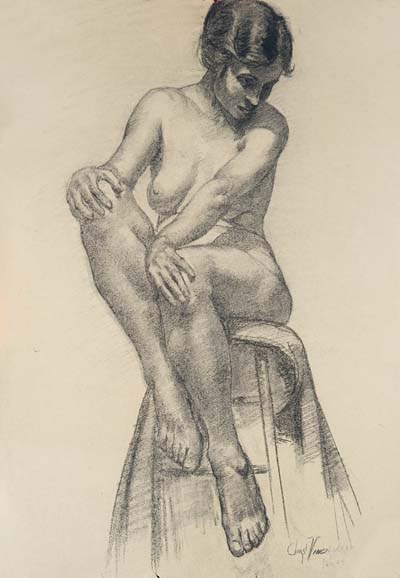
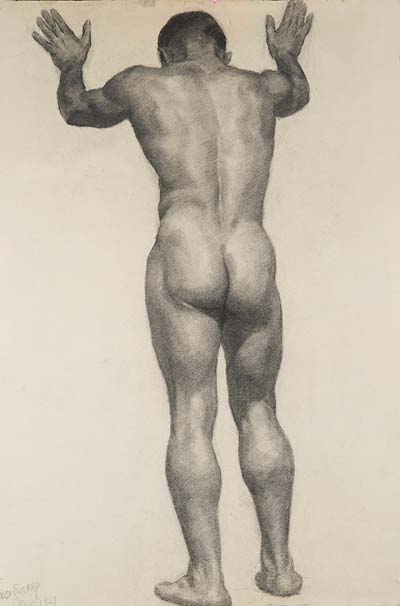
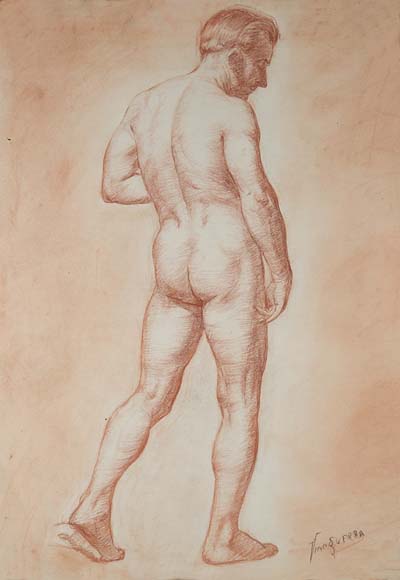
SHORT SESSIONS
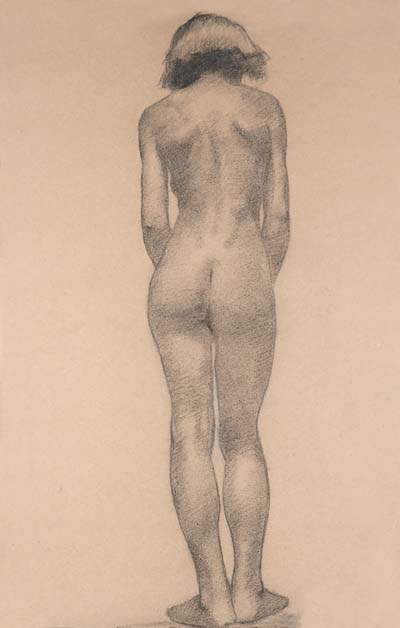
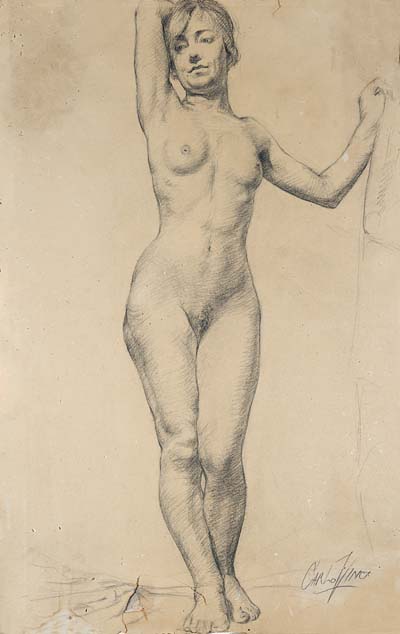
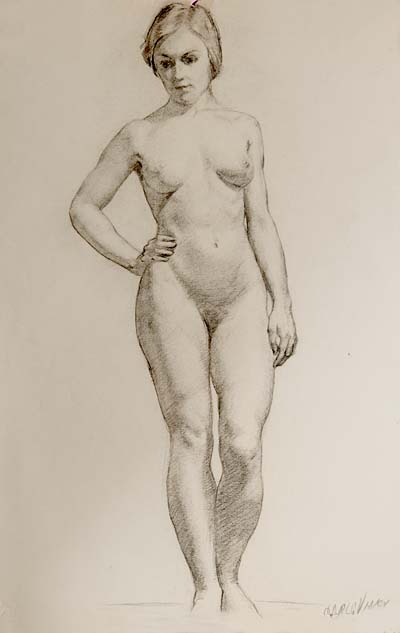
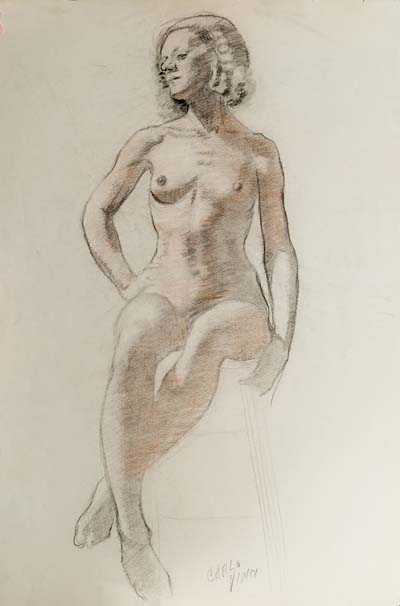
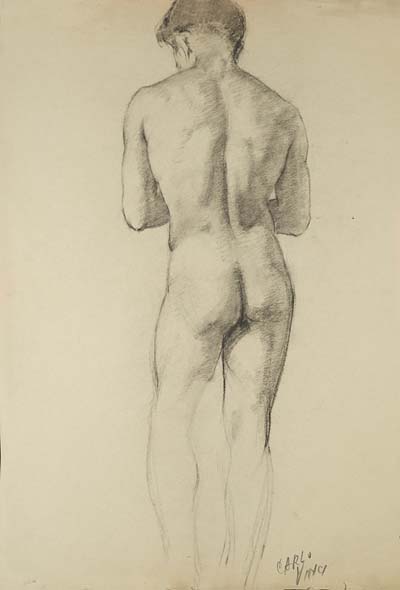
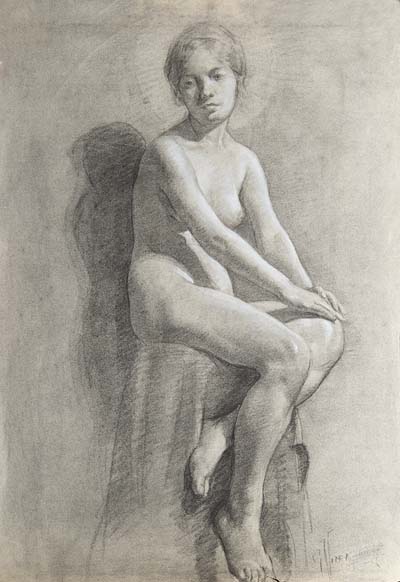
Special classes in portraiture and composition were also on the schedule.
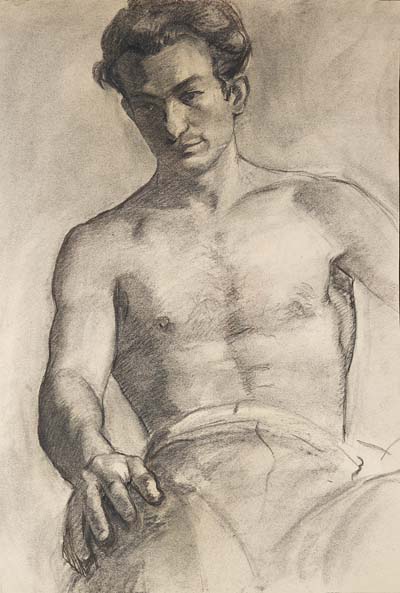
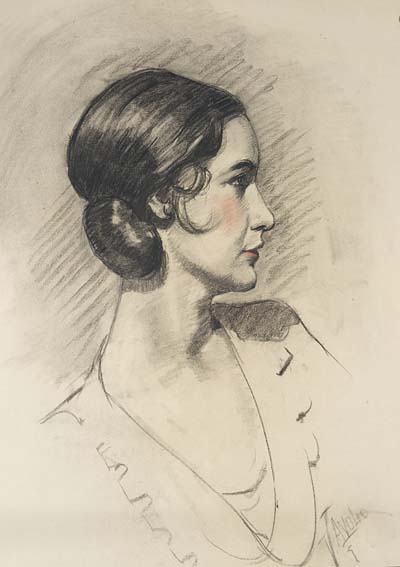
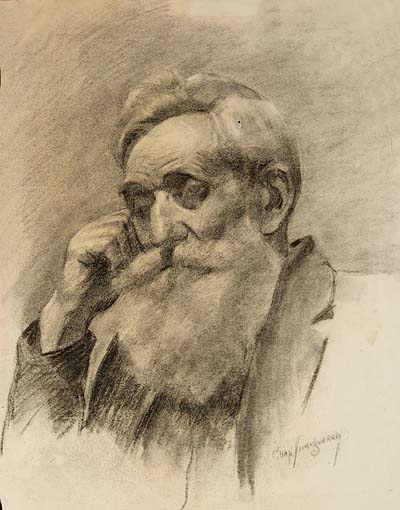
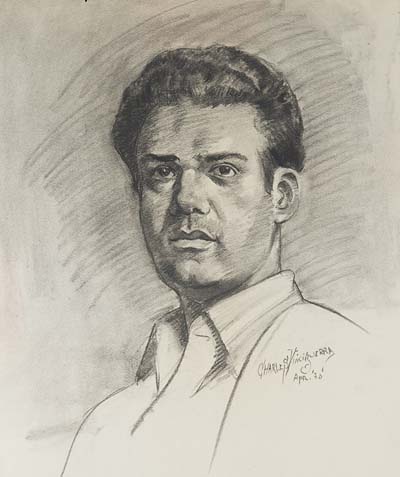
Vinci admired the work of his peers and saved a few of their sketches to study.
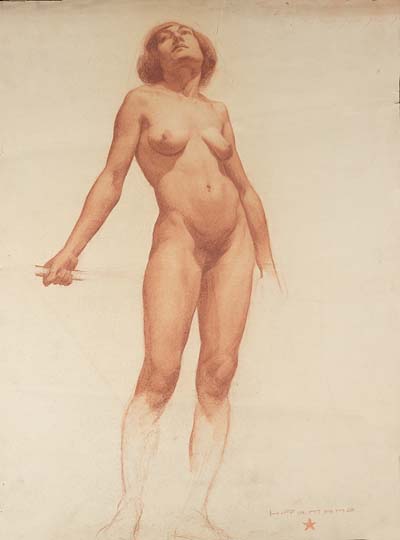

It’s interesting to note that even though Bolotowsky became very well known for his abstract paintings, he was obviously very skilled at traditional representational art as well.
Life drawing forms the foundation for all art. Students of animation would do well to focus on life drawing while they are in school and have the time to develop their skills.
For more on traditional life drawing, please see David Apatoff’s excellent articles on George Bridgman’s Art Class and The Training of Robert Fawcett.
Stephen Worth
Director
Animation Resources
Back To School Days At Animation Resources
Fall is time to join Animation Resources as a student member. Annual dues for full time students and educators is discounted. It’s the biggest bargain in animation at only $70 a year. Animation School is great, but it doesn’t give you everything you need to become a professional animator. You need to invest in self-study to be successful in this highly competitive field. That’s exactly what Animation Resources can help you do if you become a member. Each day we’ll be highlighting more reasons why you should join Animation Resources. Bookmark us and check back every day.
There’s no better way to feed your creativity than to be a member of Animation Resources. Every month, we share a Reference Pack that is chock full of downloadable e-books and still framable videos designed to expand your horizons and blow your mind, as well as educational podcasts and seminars. It’s easy to join. Just click on this link and you can sign up right now online.
https://animationresources.org/membership/levels/
FREE SAMPLES!![]()
Not Convinced Yet? Check out this SAMPLE REFERENCE PACK! https://animationresources.org/student-membership-free-samples/ It will give you a taste of what Animation Resources members get to download every other month!

JOIN NOW! https://animationresources.org/membership/levels/














